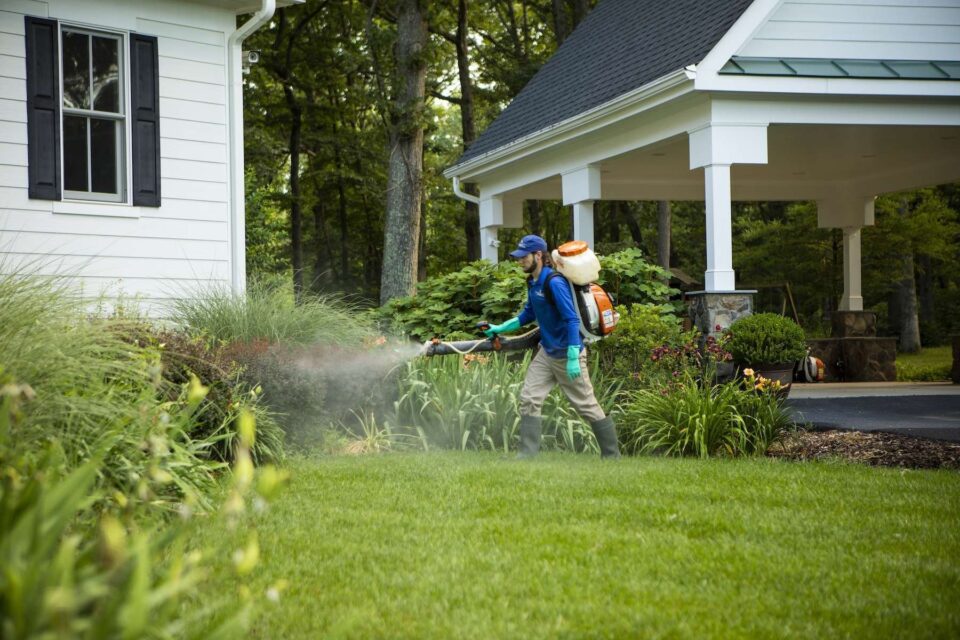Snails are common garden pests recognized for their slow movement and distinctive spiral shells. While they contribute to the ecosystem, they can become highly problematic when they invade gardens and landscapes, feeding on a variety of plants and causing extensive damage. Effective management and prevention of snail infestations are essential to maintaining a healthy and vibrant garden.
Identifying Snail Damage
Snails are primarily nocturnal feeders, emerging at night or during the early morning to consume tender plant tissues. Their feeding often leaves irregular holes in leaves, stems, and flowers. Another telltale sign of snail activity is the presence of shiny, silvery slime trails on plants and surrounding surfaces. Early detection of these indicators allows gardeners to implement timely control measures and prevent widespread damage.
Cultural Practices and Environmental Adjustments
Creating a less favorable environment for snails is a highly effective preventive strategy. Snails thrive in damp conditions, so adjusting irrigation schedules and ensuring proper drainage can help reduce moisture levels and deter their activity. Removing debris, such as fallen leaves, plant matter, and excess mulch, also eliminates daytime hiding spots. These cultural practices, when consistently applied, can significantly reduce snail populations in gardens and landscaped areas.
Physical Barriers and Traps
Physical barriers can prevent snails from reaching plants. Copper tape placed around plant pots or garden beds can repel snails due to a mild electrostatic effect when they touch it. Traps, such as shallow containers filled with beer, can attract and drown snails, helping to lower their numbers. Maintaining these barriers and traps regularly ensures their continued effectiveness, providing ongoing protection for your garden.
Natural Repellents and Biological Control
Natural repellents offer an eco-friendly approach to snail control. Plants such as lavender, rosemary, and ferns can help repel snails when strategically planted around vulnerable crops. Introducing natural predators, including birds, frogs, and certain beetles, can also help manage snail populations. Encouraging biodiversity in your garden not only supports these natural control methods but also strengthens the overall health of your landscape.
Chemical Control Measures
In cases of severe infestations, chemical molluscicides may be necessary. These products attract snails and slugs, which ingest the poison, reducing the population. It is important to carefully follow the manufacturer’s instructions to minimize risks to non-target organisms and the environment. Applying chemicals during the evening, when snails are most active, enhances their effectiveness.
Professional Assistance
For persistent or widespread snail problems, enlisting the help of a professional service can provide tailored solutions. Partnering with a Houston pest control company allows for a thorough assessment of the infestation, identification of problem areas, and implementation of comprehensive control measures.
Similarly, a Pearland pest control company can provide region-specific strategies that take into account local environmental conditions, ensuring long-term protection and a healthy, thriving garden.
Conclusion
Managing snail populations requires a multifaceted approach that combines cultural practices, physical barriers, natural repellents, chemical treatments when necessary, and professional guidance. By implementing these strategies, gardeners can protect their plants from damage, maintain a lush landscape, and reduce the risk of recurring infestations. Regular monitoring and proactive action remain key to effective snail control.

